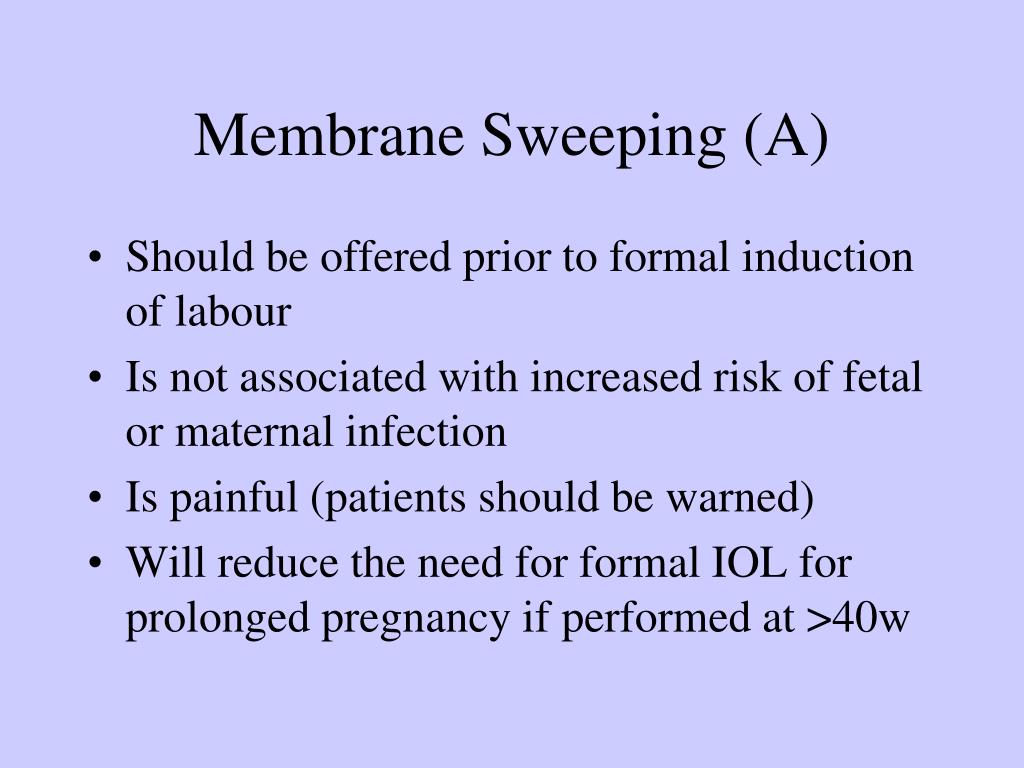
I saw Jatolloa, who was the midwife who I saw for my very first prenatal appointment.

I absolutely loved involving them in my prenatal care, but it was nice to have some one-on-one time with the midwife, too. This was one of the few prenatal appointments that I went to without at least one my children. I had a prenatal appointment later that morning, and had arranged for my mother-in-law to watch Caroline. At first, I didn’t think much of Eli’s comment, but a short while later I had the thought, “What if my baby has dropped?” I shared my thought with Eli and Caroline, and told them that maybe, just maybe, baby was thinking about coming soon. With excitement and some anxiety, I was waiting for signs that labor might begin soon. As much as I cherish being pregnant, the sciatica was really wearing on me. It is safe to say that I was looking forward to this baby’s birth-day. I had not experienced sciatica with my other two pregnancies, and it was really interfering with my sleep. I had had a very healthy, low-risk pregnancy, but I had been troubled by sciatic pain during the last trimester. It is important to note that membrane sweeping is completely voluntary and may not be the right choice for every expectant mother.I woke up on Wednesday morning, April 6, and as soon as Eli saw me, his first words to me were, “Mama, your belly looks smaller.” At this point, I was exactly 39 weeks pregnant.

If your cervix is difficult to reach or completely closed, they may be unable to perform the sweep.Ĭurrent NICE Recommendations For A Membrane Sweep

However, a membrane sweep can only be carried out if the cervix is dilated (at least one centimetre) or softened to admit a finger tip. The Cochrane review showed no significant risks such as infection or membrane rupture, and researchers on a study published by the Journal of Clinical Gynaecology and Obstetrics (JCGO)did not find any increased risk or negative side effects in women undertaking membrane sweeps. If you are at all concerned about the bleeding, then be sure to call your hospital. You may experience a ‘show’ of mucous discharge which may contain some blood and some slight discomfort afterwards. There are very few side effects of a membrane sweep. The same study showed a 14% reduction in the need for formal induction of labour in women who had sweeps. Having 2 or 3 membrane sweeps 48 hours apart is most successful in encouraging labour to start. If the membrane sweep is successful labour begins within 48 hours. A Cochrane review in 2004 showed a sweep at 41 weeks decreases your chances of going to 42 weeks from 41% to 23%, almost half! The sweep encourages release of prostaglandin, which is involved in starting labour. The procedure is completely drug-free and similar to an internal examination, meaning the process itself doesn’t take long. Some of the main benefits of a membrane sweep include: But bear with it, if it works it’s worth it!Īfter the sweep, you can go home and wait for labour to start! The Benefits Of A Membrane SweepĪ membrane sweep can be highly beneficial for those who are nearing or past their due date but do not want an induced labour. The process doesn’t hurt, but it can often be quite uncomfortable.

The examiner inserts a finger through the vagina into the cervix to separate the membranes of the amniotic sac surrounding your baby from the wall of the womb with a circular, sweeping movement and stretches the cervix at the same time. Your midwife will check baby position and heartbeatĢ. The process of a membrane sweep is simple:ġ. It is performed at home or in the antenatal clinic and takes about 10 minutes. We can reduce the likelihood of needing induction by having a membrane stretch and sweep.Ī membrane sweep, also known as a cervical sweep or membrane strip, is not a method of induction, but can help to encourage natural, spontaneous labour. While an induced labour is fairly common, with 1 in 5 labours in the UK being induced, many women want more information about how they can avoid having an induction of labour for being overdue. As the weeks go on, you may find health professionals bringing up the topic of induction of labour. It’s important to remember that only 5% of women will give birth on their due date and not to fixate to greatly on this date. It’s natural to feel impatient in the final weeks of pregnancy, feeling frustrated to wake up each day to find you’re still pregnant.


 0 kommentar(er)
0 kommentar(er)
